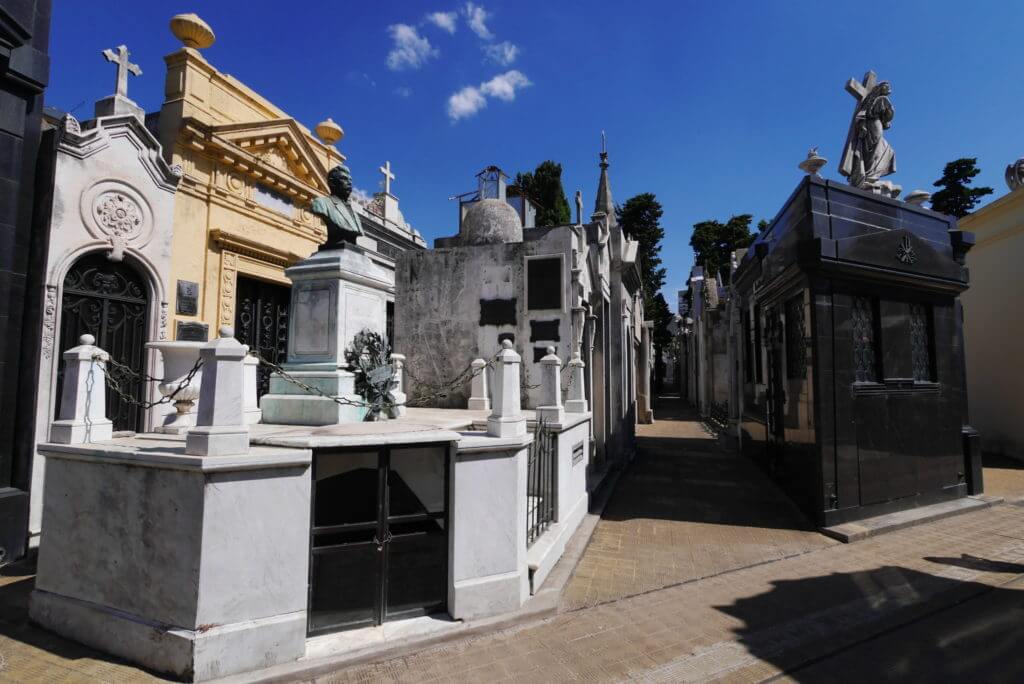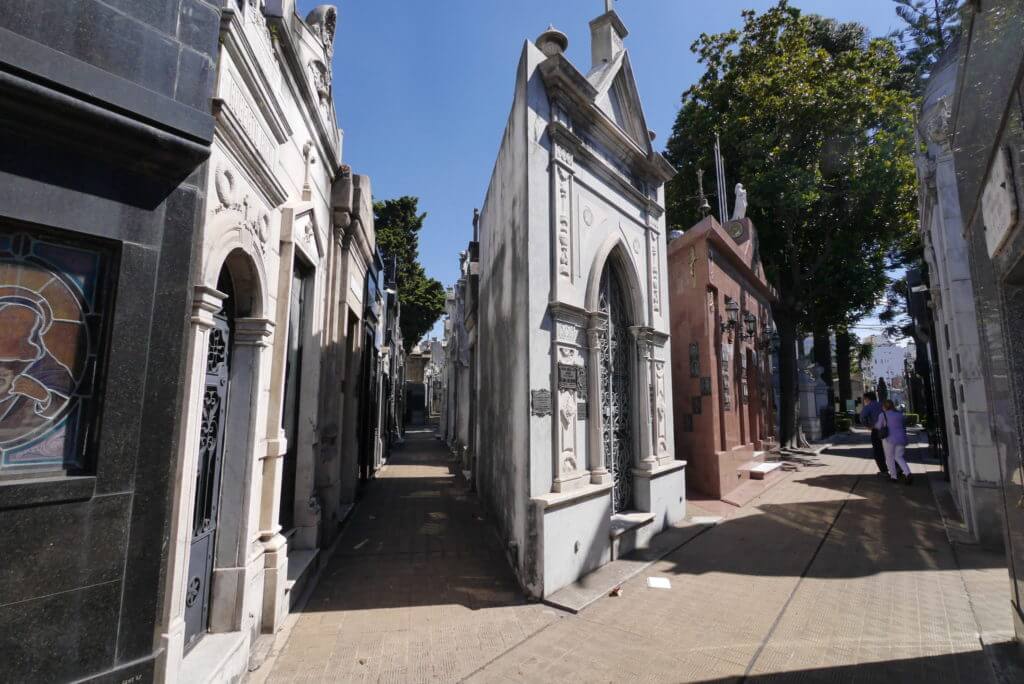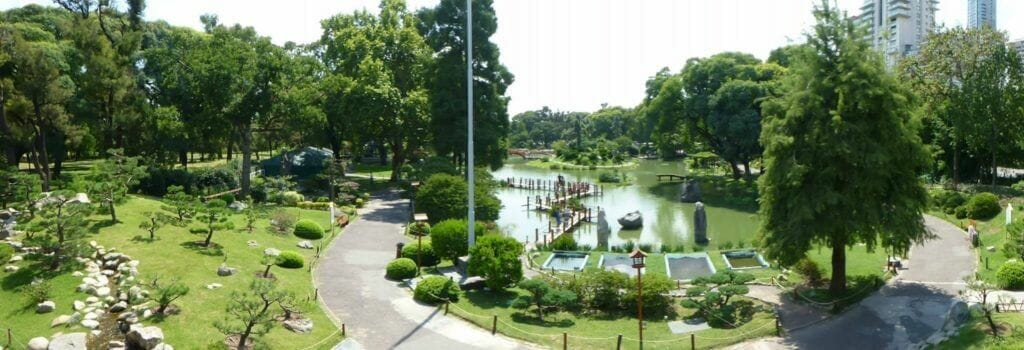Along with the 2 other main South American hubs (Lima in Peru and Santiago in Chile) Buenos Aires in Argentina is a thriving metropolis of finance, culture, history and commercialism.
But the first time my family and friends knew I was going to be going here I was met with gasps of, “you’re so brave”, and, “isn’t it dangerous”, like Buenos Aires was some South American equivalent of war torn Aleppo.
In reality Buenos Aires is like many other cities the world over. Vibrant and busy but with more than a little to see in such a large metropolitan area, what do you see if you are just in transit for a few hours or have a morning and/or afternoon spare before a tour starts?
Here are my must do’s for first time visitors. First though, a don’t do. Don’t expect to go to the beach. The beach area is over 3 hours away from downtown Buenos Aires and, more than likely, your hotel or hostel accommodation if you are staying the night so leave that swimsuit in the case if you are arriving in the warmer summer months of November to February because you will spend more time getting to and from the beach than lying on it.
La Recoletta Cemetery

Is very easy to lose your bearings in the Recoletta Cemetery as each passageway looks very similar to the last you walked down.
Or, to use it’s other title, the City Of The Dead is the famous last resting place of Eva Perón (Evita), First Lady of Argentina. Worshiped by Argentinians, she received a full state funeral upon her death at the young age of just 33 from cancer in 1952. Her final resting place is a surprisingly subdued affair but still draws thousands of tourists yearly. Just don’t go expecting a huge mausoleum or statue. The Duarte family crypt where her body lies 6 meters down is only given away by the throng of crowding tourists in the tight alley and flowers that permanently lay outside.
The cemetery is quite the maze when you are inside so, if you’re short on time and want to head strait to see Eva’s last resting place follow my lead: First, look at the map at the entrance. She is listed as Eva Duarte and the family tomb is on the left hand side of the cemetery, number 88 on the official map. From the shaded round hub you get to from the entrance take the left lane as far as it goes then go around the tomb at the end and take a right. About 5 lanes up on the left hand side and the 5th tomb in on the left is the Duarte Family tomb.
There is so much more here though than Evita. Once inside the gates, the avenues of imposing crypts are a beguiling sight. From huge 3 storey high black edifices of the Argentinian elite to tiny, broken windowed and run down blocks with spider web draped coffins on show. This place covers the entire gamut of life in Buenos Aires. A fascinating experience of how Argentinians celebrate death compared to some other cultures that run away from it.

On a hot day in Buenos Aires, the Recoletta Cemetery provides some welcome, if slightly macabre for some, relief from the sunshine of the late morning.
If you go in the afternoon and are in need of some refreshment either before or after there are some lovely restaurants just outside the gates but because they are on the tourist trail you will find them a little more expensive than those a couple of street away.
Jardin Japones
Not exactly a stones throw but perfectly walkable from Recoletta is the peaceful Japanese Gardens in Parque Tres de Febrero in the Palermo District. At 2 hectares (4.9 acres) it is one of the largest Japanese Gardens outside of Japan.
Wander around the immaculately kept Gardens at your leisure. Have some tea in the Pagoda Restaurant and admire the ponds filled with huge koi carp and other aquatic life.
A wonderful way to lose yourself for a couple of hours in the ‘Paris Of The South’.

Looking out over the peaceful gardens as the hectic pace of life goes on outside the confines of the garden
Florida Street
The commercial centre for the city and bargain hunters dream is a 20 minute brisk walk from Jardin Japones (or cheat and get the cheap metro line a few stops from Plaza Italia on the green line to Florida on the red line). The gardens are 8 blocks from the station around the (now closed, thankfully) Buenos Aires Zoo.
Florida street doesn’t make this list because of the density and variety of shopping on offer (although I’m sure that would be enough for a few of you). It is here because it is one of the better places to change your US$ into the local peso which aren’t traded outside of the country. Don’t use a bank where rates are horrific, instead use one of the many exchange people lining up along Florida Street shouting ,”Cambio, Cambio”. The volatile state of the economy has created a black market in US$ (but, please, only new notes and no US$100 bills if you can help it) and it’s widely known you will get more pesos for your dollars using one of the many street vendors. Don’t be afraid, give it a try.
If you are looking for somewhere to lunch and/or get out of the weather then head for Galerías Pacifico on the corner of Avenida Cordoba. Quite possibly the most ornate shopping centre I have come across with its huge central fresco painted ceiling. The basement houses a food court with a wonderful selection of fast food offerings.
Teatro Colon
Speaking of ornate, the relatively nearby Teatro Colon is a masterpiece of engineering although this wasn’t the first theatre to sit on this site. The present theatre opened in 1908 after an amazingly long 29 year long construction project replacing the original which opened in 1857 and served the theatre going public well for 30 years before construction started on the present day theatre.
According to National Geographic the new theatre is one of the top 3 opera houses in the world and, acoustically speaking, experts (and renowned tenor Luciano Pavarotti) place it in the top 5 buildings worldwide.
After a long period of international success playing host to notable international operatic productions and ballets, the theatre fell into decline toward the latter part of the 20th century, partly thanks to the instability of Argentina at the time.
A planned 18 month multi-million dollar renovation morphed into a 4 year US$100m blowout beginning in 2006 and finally re-opening on the eve of its 102nd birthday on 24th May 2010.
Inside there are many highlights before the final reveal of the main auditorium from the grand staircase to the ornate paintings in the many halls and all around you are surrounded by opulent deep red furnishings and curtains.
Seemingly anything that can be gold leafed has been gold leafed. Opulence abounds everywhere. Show tickets here aren’t cheap so for those of us on a budget, a behind the scenes tour is the only way we will get to see the magnificent auditorium.
The theatre is open daily and tours run hourly in various languages (on my visit English led tours were on the hour). It can get busy, if you can’t make the next tour make the most of the time and visit the nearby Obelisk on the widest road in the world, Avenida 9 de Julio just outside the door. Plaza Major is also only 5 minutes around the corner.
Looking around an opera house may not be a priority but taking a look around this one you begin to realise what you have been missing out on. And the submarino (hot milk with a bar of hot chocolate melting away in) in the theatre cafe are the best in the country!
For those on a tight time budget these sights offer a wonderful way to experience the city. It’s easily walkable in around an hour or save time and use the cheap metro to go one way working your way back.
We’ll return to Buenos Aires in the future with a more complete list of the wonderful sights this city has waiting to be explored such as the Bario District or even a day trip to another country, the neighbouring Paraguay across estuary of Río de la Plata.
For now treat this list as a wonderful introduction to the city.
 Copyright secured by Digiprove © 2017
Copyright secured by Digiprove © 2017










